Geisha: An Icon of Japanese Culture and its Reflection in Anime and Manga
Geisha: Bridging Tradition and Pop Culture
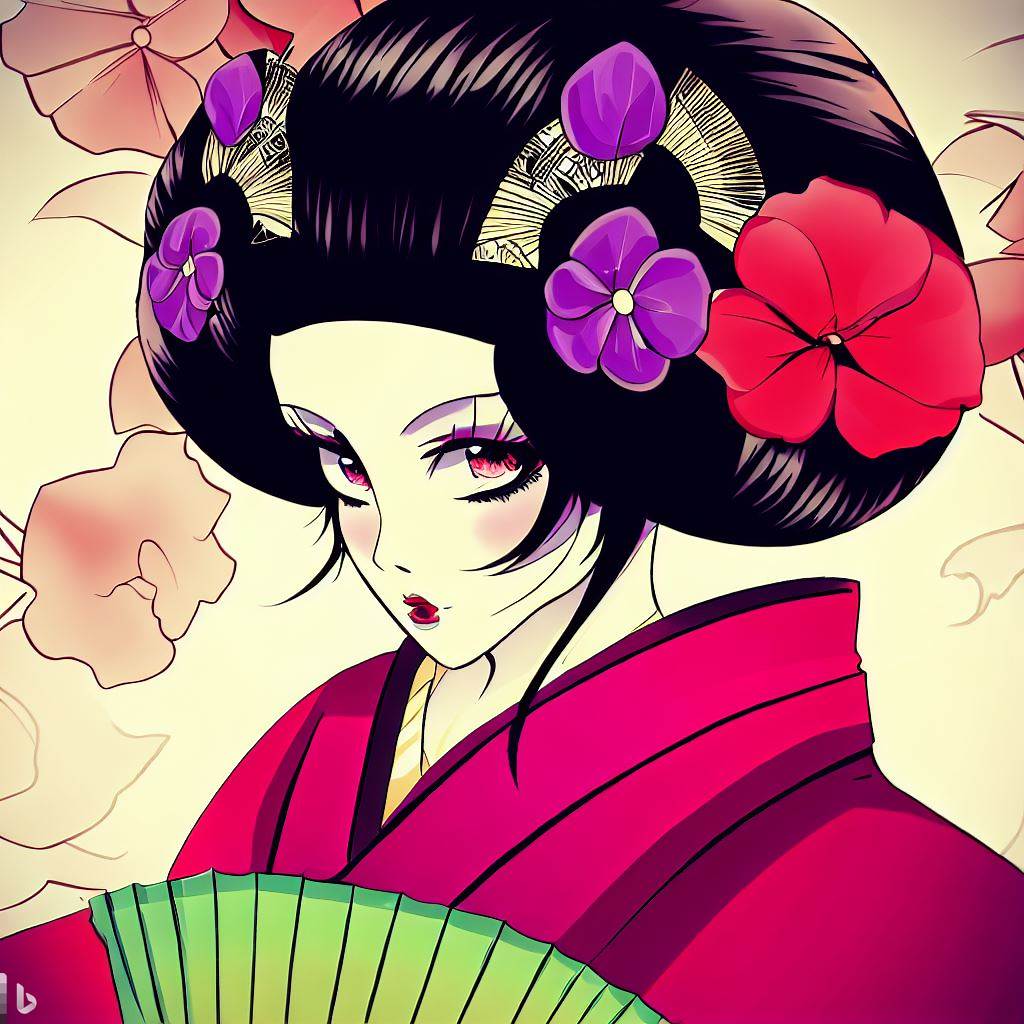
With the globalization of culture and the evolution of media, the image of the geisha has been adapted and reinterpreted in numerous ways, including in anime and manga. These popular media forms often portray geishas in both traditional and modern contexts, allowing the younger generation to rediscover and understand this unique tradition in a fresh light.
Origin and History of Geisha
The term "geisha" surfaced in the 18th century during the Edo period, but the roots of these artistic performers delve much deeper into Japanese history. The origins of geishas can be traced back to the Heian period (794-1185), where women known as saburuko served affluent clients, offering entertainment and social skills. Over centuries, the roles of these women evolved, adapting to shifting societal and cultural demands.
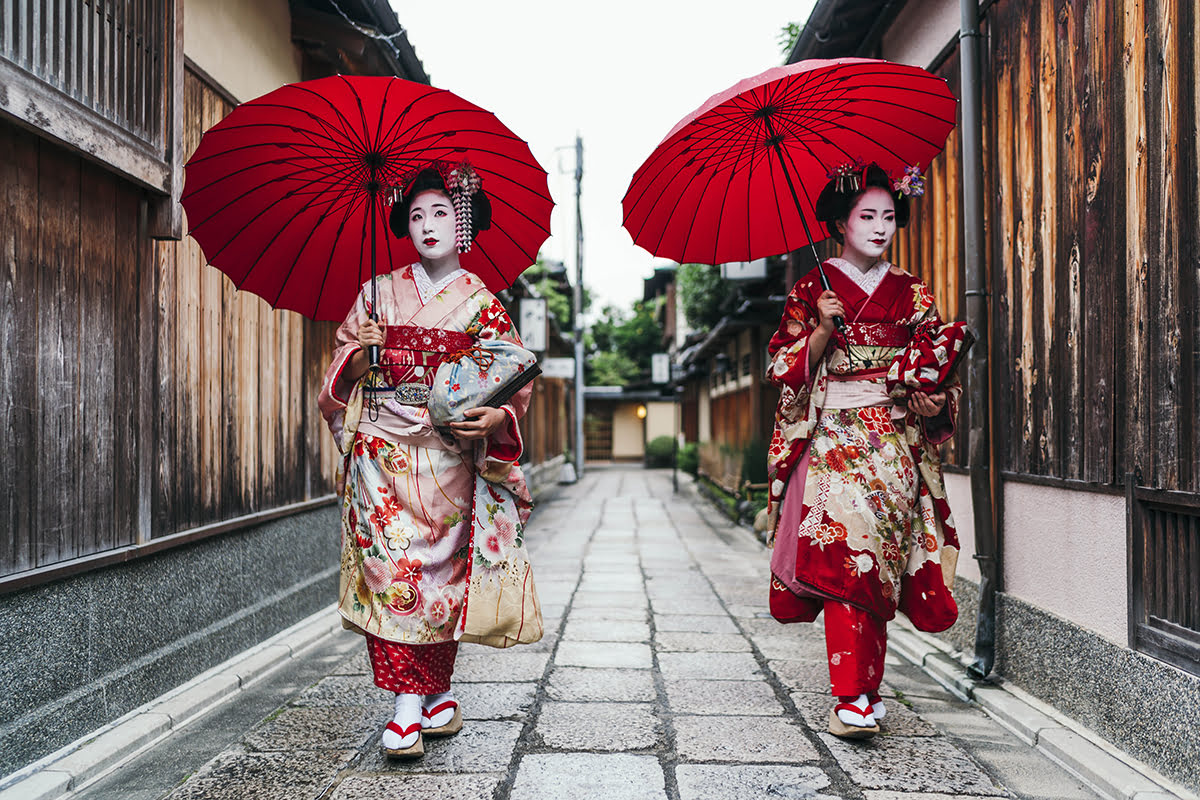
During the 19th century, in the Meiji era, geishas began to be increasingly recognized as symbols of traditional Japanese culture amidst the burgeoning Western cultural invasion. As many traditional Japanese arts and practices were being abandoned or transformed at this time, geishas became the guardians of these traditions, epitomizing the spirit of the nation.
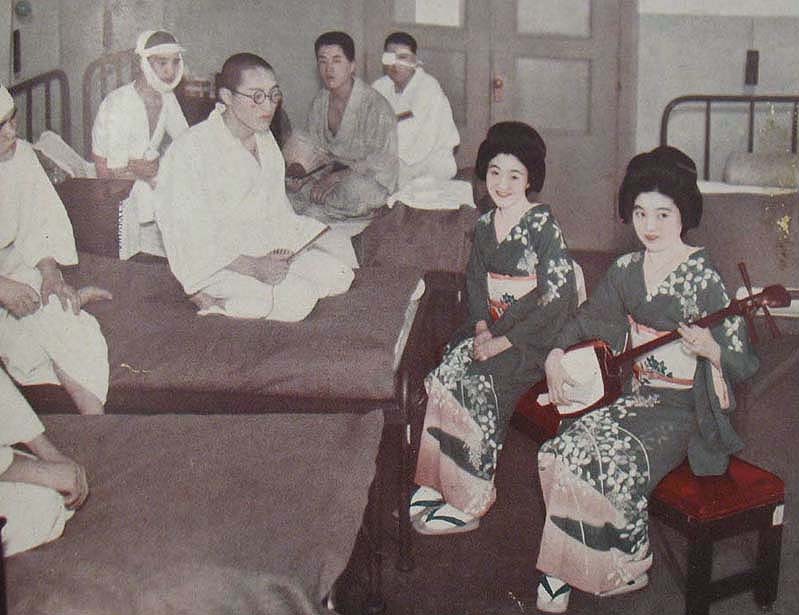
For centuries, geishas held a pivotal role in Japanese society, not just as artists but also as companions and custodians of tradition. They epitomized grace, charm, and elegance while simultaneously being significant figures in the realms of business and diplomacy, bearing witness to crucial junctures in the country's history.
Geisha in the World of Diplomacy: The Tale of Mineko Iwasaki
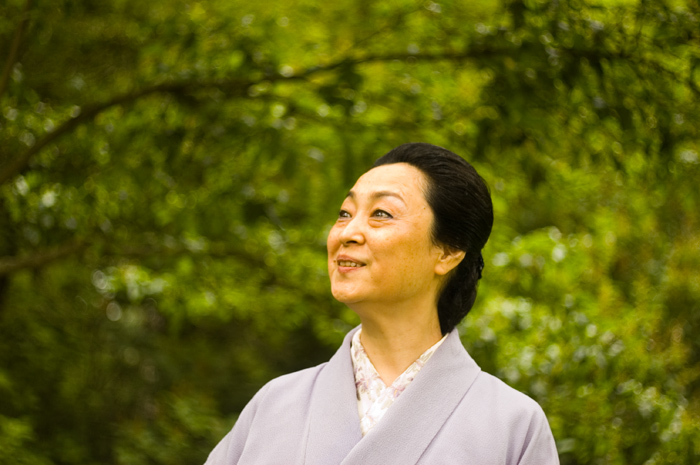
However, what made Mineko especially significant in the world of diplomacy was her role as a bridge bridging cultural differences between Japan and Western countries during vital meetings and discussions. Her ability to converse and showcase traditional Japanese culture often assisted in easing tensions and promoting cross-cultural understanding. After her geisha career, Iwasaki wrote an autobiography, "Geisha of Gion," in which she detailed her experiences, including interactions with key figures on the global stage. Her story exemplifies the influence that geishas could have at higher echelons of power, not just as artists but also as informal diplomats.
Education and Life of a Geisha
Becoming a geisha is a complex and demanding journey that begins when a girl is still very young, often in her early teens. Apprentice geishas, called "maiko," undergo rigorous training in special schools known as "okiya", where they learn the arts of dance, singing, playing traditional instruments like the shamisen, and the subtle art of conversation. In the okiya, maiko live under the guidance of a senior geisha, called an "okaasan" (mother), overseeing their education and upbringing.
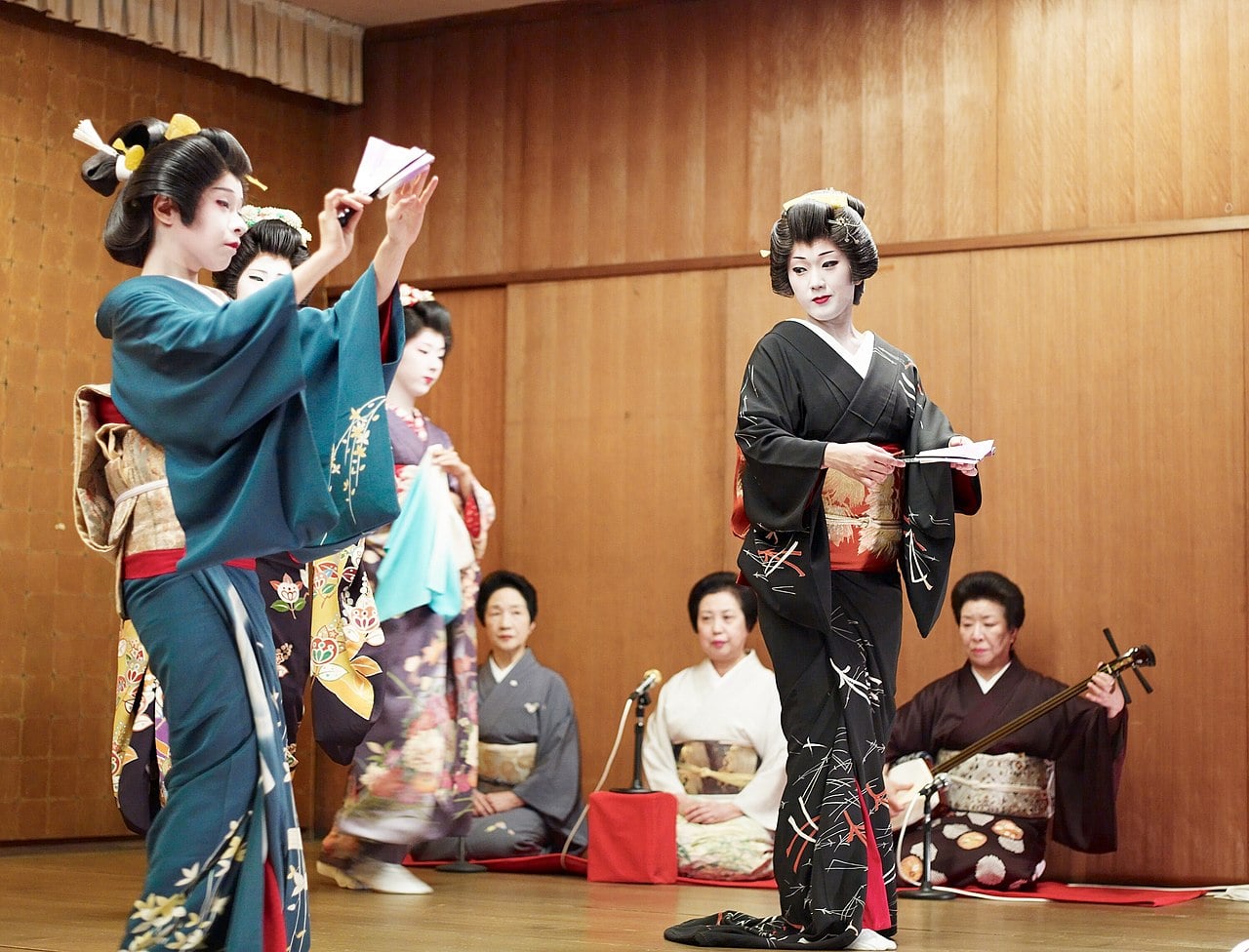
Beyond their official duties and performances, geishas also engage in various social interactions. They might befriend other geishas, exchange experiences, and learn from one another. Although their lives are largely devoted to art and their profession, in rare moments of free time, geishas might indulge in relaxation and rest, reading books, listening to music, or enjoying simple pastimes.
Geisha in Anime and Manga
In the realm of manga and anime, geishas often appear as secondary or main characters, introducing elements of Japanese tradition and culture into the narrative. One of the most notable titles where a geisha plays a pivotal role is "Gintama" by Hideaki Sorachi. In this work, one of the main characters, Tsukuyo, is a leader of a group of geishas and an assassin, reflecting both the traditional image of the geisha as an elegant and educated woman and a modern adaptation of the character in a warrior role.
In Moyoco Anno's "Memoirs of Amorous Gentlemen," geishas are the protagonists. This work, while decidedly adult-themed, showcases the daily life of geishas and reveals how challenging it could be for them to find true love in a world full of obligations and expectations.
When it comes to differences in portraying geishas in anime and manga compared to their traditional image, some exaggerations often occur. For instance, in "Black Butler" (Kuroshitsuji) by Yana Toboso, the character Madame Red wears an outfit reminiscent of traditional geisha attire, but it's much more extravagant and tailored to the gothic style of the anime.
Nevertheless, many works approach the subject of geishas with respect, presenting them as guardians of tradition and culture. In "Sakura Wars," geishas are portrayed as heroines fighting against evil forces while simultaneously upholding traditional values and skills. Such a portrayal blends traditional and contemporary perspectives, presenting geishas as multifaceted characters.
Portrait of a Geisha in Anime
"Gintama", one of the most renowned comedic anime, frequently touches upon both historical and contemporary Japanese themes. Among its characters is Tsukuyo, a woman raised in Yoshiwara, the red-light district of Edo. Although not a geisha in the traditional sense, she sports a kimono with an exposed neck, a distinctive look of geishas and maikos. Intriguingly, Tsukuyo is also a gifted fighter, connecting her to another significant facet of Japanese history - female warriors.
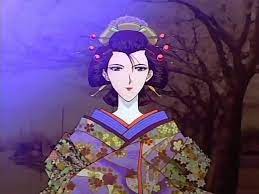
"Sakura Wars" offers an alternative reality of Tokyo in the 1920s. A group of female warriors, who are simultaneously theatre artists and peacekeepers in the city, bear many resemblances to geishas. They don traditional attire, partake in tea ceremonies, yet battle against evil forces. This juxtaposition of tradition and modernity showcases how anime can reinvent the traditional notion of a geisha into something fresh and exciting.
The Contemporary Image of a Geisha
Today, geishas in Japan are often perceived as guardians of the nation's tradition and cultural heritage. They bear the responsibility of representing traditional values and skills, which are gradually fading in the modern world. A case in point is Mineko Iwasaki, a former geisha from Kyoto, who recounted her experiences in the controversial autobiography "Geisha, Life: A Memoir". Her narrative revealed the challenges and intricacies of living as a geisha in an evolving society.
Globalization has ushered in a burgeoning interest in Japanese culture, including a fascination with geishas. However, in many instances, this understanding is either superficial or anchored in stereotypes. American author Arthur Golden penned the novel "Memoirs of a Geisha", which rose to international bestseller status and later was adapted into a film. While both the book and the movie were globally acclaimed, some critiqued them for portraying geishas in an unjust or imprecise manner, deviating from their authentic perception in Japan.
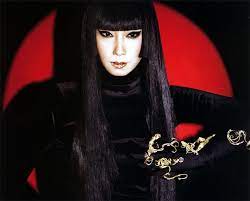
Shades of Culture: Beyond the Facade
Undeniably, geishas have played an immensely significant role in the cultural tapestry of Japan, their artistic finesse concealing tales, dreams, and ambitions. While the geisha image is often romanticized in pop culture, beneath this picturesque veneer lies a multi-dimensional picture brimming with passion, discipline, and determination.
Viewing a geisha through the lens of pop culture is akin to peering through a kaleidoscope - each twist reveals a new pattern, fresh interpretations. Yet, no matter the reflections, each serves as a reminder of the profound influence geishas have imparted on Japanese culture and their enduring place in the hearts of many worldwide.
"At the heart of the geisha's success is her ability to create a dreamlike world, apart from the daily life of her guests. This is her art." - Mineko Iwasaki
"Strong Japanese Women"
see book by the author
of the page
未開 ソビエライ
An enthusiast of Asian culture with a deep appreciation for the diverse philosophies of the world. By education, a psychologist and philologist specializing in Korean studies. At heart, a programmer (primarily for Android) and a passionate technology enthusiast, as well as a practitioner of Zen and mono no aware. In moments of tranquility, adheres to a disciplined lifestyle, firmly believing that perseverance, continuous personal growth, and dedication to one's passions are the wisest paths in life. Author of the book "Strong Women of Japan" (>>see more)
Personal motto:
"The most powerful force in the universe is compound interest." - Albert Einstein (probably)
Mike Soray
(aka Michał Sobieraj)
未開 ソビエライ
An enthusiast of Asian culture with a deep appreciation for the diverse philosophies of the world. By education, a psychologist and philologist specializing in Korean studies. At heart, a programmer (primarily for Android) and a passionate technology enthusiast, as well as a practitioner of Zen and mono no aware. In moments of tranquility, adheres to a disciplined lifestyle, firmly believing that perseverance, continuous personal growth, and dedication to one's passions are the wisest paths in life. Author of the book "Strong Women of Japan" (>>see more)
Personal motto:
"The most powerful force in the universe is compound interest." - Albert Einstein (probably)
Mike Soray
(aka Michał Sobieraj)
Write us...
Ciechanów, Polska
dr.imyon@gmail.com
___________________
inari.smart
Would you like to share your thoughts or feedback about our website or app? Leave us a message, and we’ll get back to you quickly. We value your perspective!

